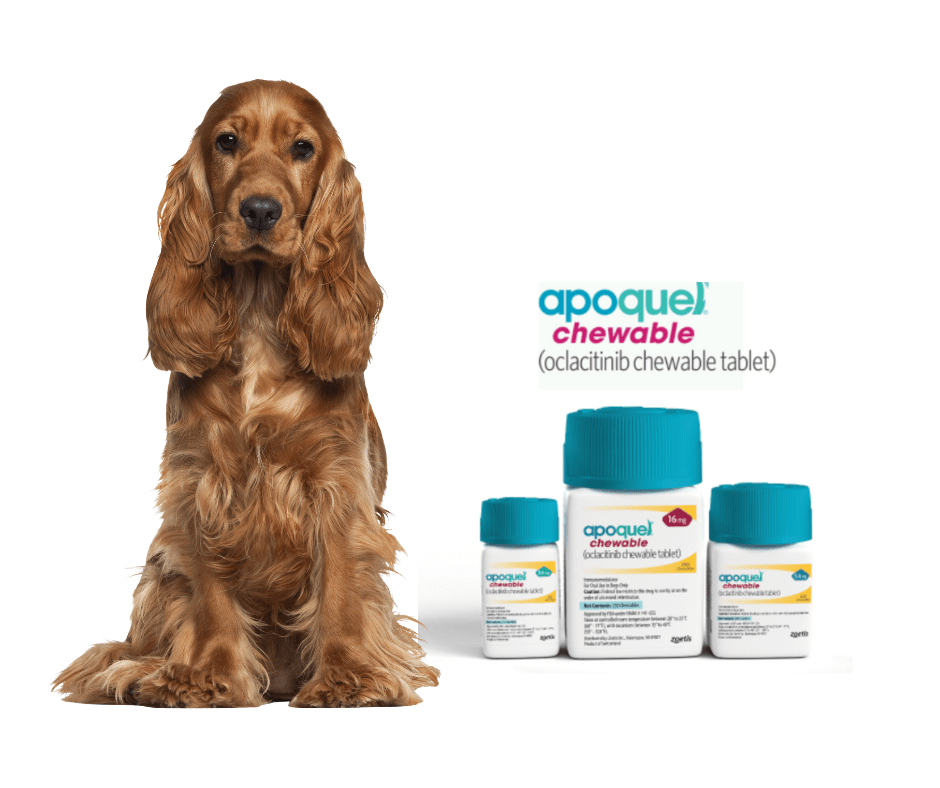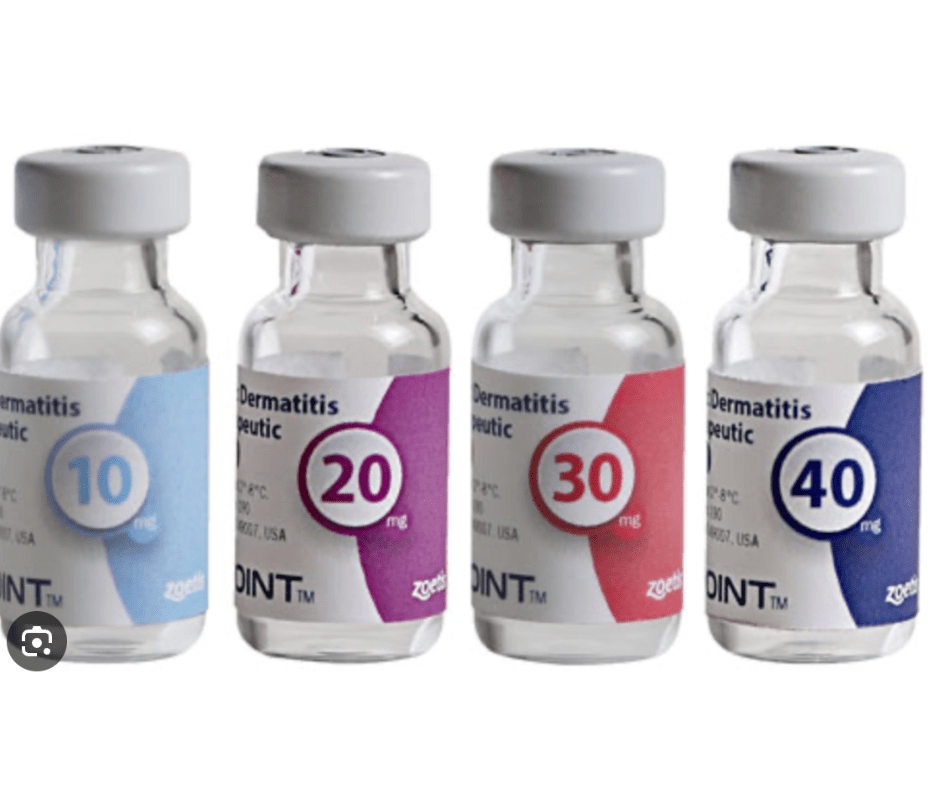Benadryl also known as diphenydramine is an antihistamine that helps with itching. One of its main side effects it that also sedates (makes your pet drowsy).
Please note that this calculator provides general guidelines for dosages, but it's essential to consult with a veterinarian before giving any medication to your pets.
This calculator uses the following dosage guidelines: Dogs: 1 to 2 mg of diphenhydramine per pound of body weight every 8 hours. Cats: 0.5 to 2 mg of diphenhydramine per pound of body weight every 8 to 12 hours.
Remember to consult with a veterinarian to get the correct dosage and to ensure the medication is safe for your pet. This calculator is a general guide and should not replace professional veterinary advice. Benadryl Dosage Calculator for Dogs and Cats
Benadryl Dosage Calculator for Dogs and Cats
What is Benadryl and its uses for pets?
Benadryl is an antihistamine primarily used to treat allergic reactions in pets. Exposure to allergens like dust, pollen, or grass can trigger the release of histamines and other compounds in pets, leading to symptoms such as:
- Sneezing
- Coughing and wheezing
- Itchy skin, causing excessive scratching
- Vomiting and diarrhea
- Gas and bloating
Antihistamines like Benadryl work by reducing the body's reaction to these histamines, alleviating the aforementioned symptoms. Veterinarians might also prescribe Benadryl for issues like anxiety or to prevent motion sickness and nausea.
If your pet experiences severe allergic reactions, known as anaphylaxis, with symptoms like difficulty breathing, facial swelling, seizures, or collapse, immediate veterinary attention is essential. 🏥
Can cats or dogs take Benadryl? Is it safe for them?
While cats and dogs can generally tolerate Benadryl, it's crucial to consult a veterinarian before administering it to avoid potential health issues.
Antihistamines may not always be safe for cats or dogs, who might even have allergies to them. Here are some precautions for safe usage:
💊 Avoid gel capsules as they might irritate or harm cats due to their solvent content.
💡 Always check the active ingredients in any medication you buy. If it contains anything other than diphenhydramine, consult your vet.
🔎 Ensure the correct dosage based on your cat's weight. If uncertain, consult your vet for accurate dosing.
🆘 Watch out for potential side effects like hyperexcitability, dry mouth, nausea, reduced appetite, decreased urination, sedation, and diarrhea.
👩⚕️ Ensure quick access to your vet or a nearby animal clinic in case of adverse reactions.





Share:
Tear Stains In Dogs - Top 10 Facts
Dangers of leaving poo stuck to your rabbit's coat.